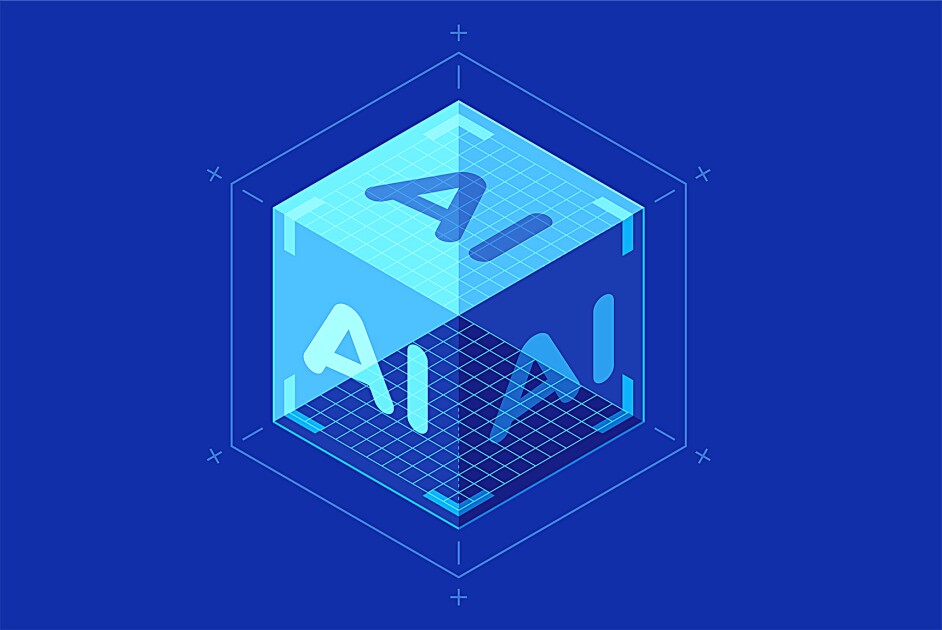Adaptability. Problem-solving. Emotional intelligence. These are some of the most important skills students will need in a world increasingly powered by artificial intelligence. And math class is the prime environment for mastering these skills.
That is the perspective of Po-Shen Loh, a math professor at Carnegie Mellon University and a former coach of the U.S. International Math Olympiad team. Loh is also an occasional public school substitute teacher and an entrepreneur.
Loh is the founder of LIVE, a math instruction and tutoring program that hires professional performers to coach high school students on how to teach math to middle schoolers in ways that are engaging and approachable. The aim, said Loh, is to create math lessons that are as easily accessible and interesting as kids’ Instagram feeds.
Education Week spoke with Loh about how educators can leverage math class to teach students the problem-solving and interpersonal skills they will need in professions being reshaped by AI and those that will be created by the technology. Some math teachers question this “problem-solving” and “interpersonal skills’ approach to teaching math, because they favor an emphasis on teaching fundamental math skills.
In the interview, Loh also makes the case that teachers’ jobs are probably among the safest from being replaced by AI-driven robots.
This interview has been edited for length and clarity.
What do students need to learn in math, given the capabilities of easily accessible AI tools?
I have this perspective as someone who’s actually hiring people: I’m watching who’s popping out of the colleges. It is not true that just because of the name brand of the college, this person happens to be a better hire. No, you need to figure out which are those people who are good at creating things and solving a problem that they have never seen before.
I find that the people who are the most useful in this world, where AI can do all kinds of things that have been done by humans before, the differentiator is if I give you a totally new situation, you smile and say, “This is gonna be fun. Let’s go and try to figure this out.” There are other people who will freeze and say, “I haven’t learned how to do this before.”
How can students learn to do that novel problem-solving through math?
Everyone should be able to do what are called middle school math competition problems. These are sources of quite creative math problems where you don’t need to know any trigonometry. You don’t need to know what a logarithm is. You don’t need to know any calculus. But the questions, you’ll have to wrap your head around in all kinds of funny ways—basically doing stuff with fractions, percents, logic, [and] some geometry.
The point is that you need something that’s chewy enough. It takes a team of 20 kids who are about the same level, all discussing together how to beat it, as opposed to 20 kids waiting for the teacher to show what to do, or 20 kids using the AI independently, where the AI says, “Hey, here, do this, do this, practice this.”
That’s because in the workplace you’re constantly collaborating with others, right?
That’s right. You’re learning those interpersonal skills, those social-emotional skills of teamwork and working together. That’s the kind of stuff we’re going to have to do when AI can do calculus and trigonometry and solve these problems that have very clear-cut equations and processes.
One of the first things [students] learn from [solving problems as a team] is that it is OK to say a half-baked idea. How many kids are there—and not just kids—who have a little bit of an idea, but don’t quite have the confidence to say, “you know, we could maybe do this.”
But in the workplace, that’s actually really important. If you’re in a brainstorming meeting with a group of five people who are all trying to figure out how to solve a problem, if you wait until you have a complete solution in your head, you’re not contributing to the discussion.
Are there downsides to relying on AI tools to help teach math?
The danger I wanted to raise here is people cannot think that the AI tools for math will replace the need to hire a human teacher.
Now, the AI could be a tool that you can use to help. Use the AI tools if you want some additional practice here and there. I’m not going to say that’s bad, but make sure that whatever you’re using with AI does not take resources away from the core, central piece, which is human teachers. The real value is in having a great cadre of human teachers.
There are not many jobs that I know will continue to exist, but the human K-12 teacher will exist because nobody will send their kid to a school patrolled by robots. There will always be human beings in a 1 to 30 or 1 to 20 ratio in those classrooms. We’re going to have more and more people trying to get these jobs. It’s going to change from, [we] cannot find enough teachers to, too many people want to be teachers.


